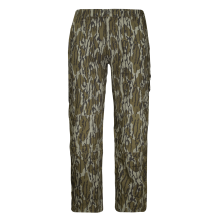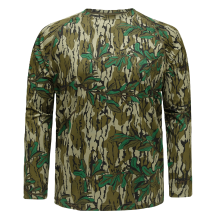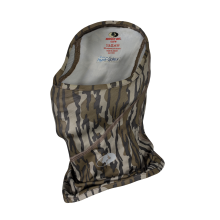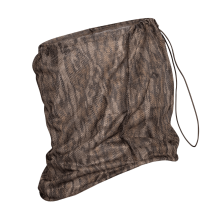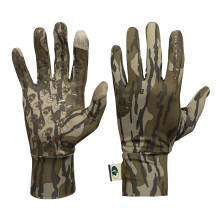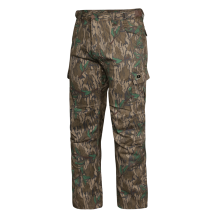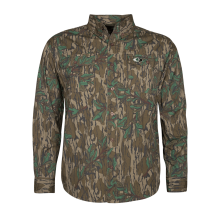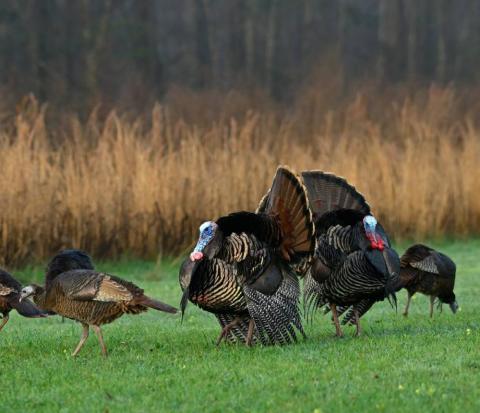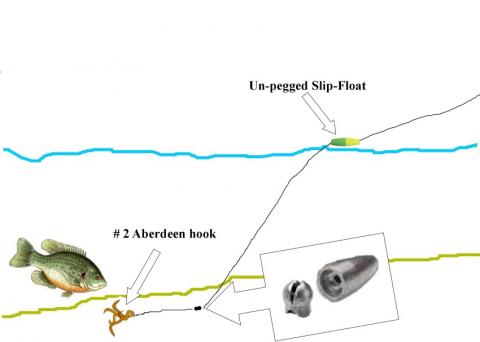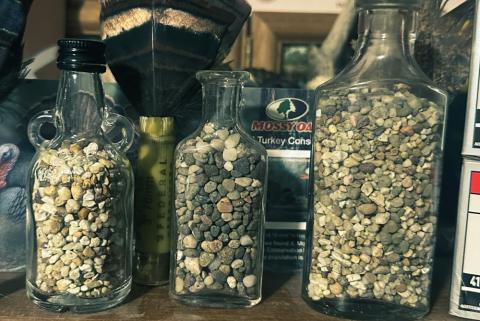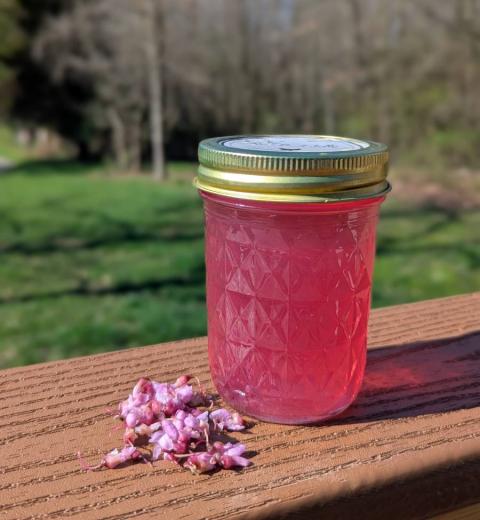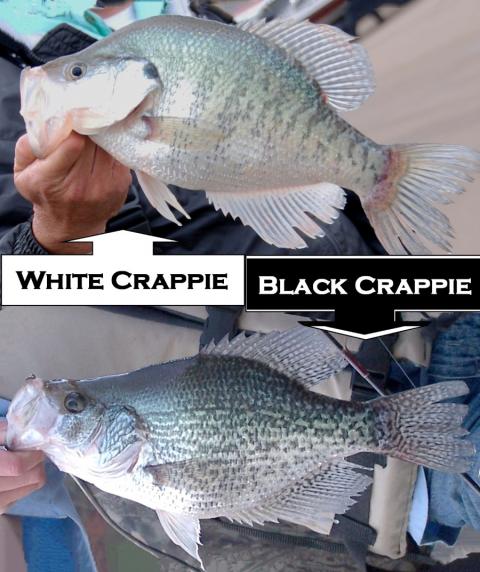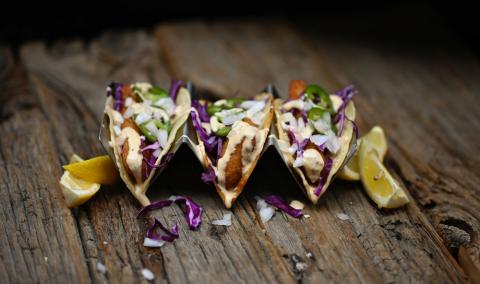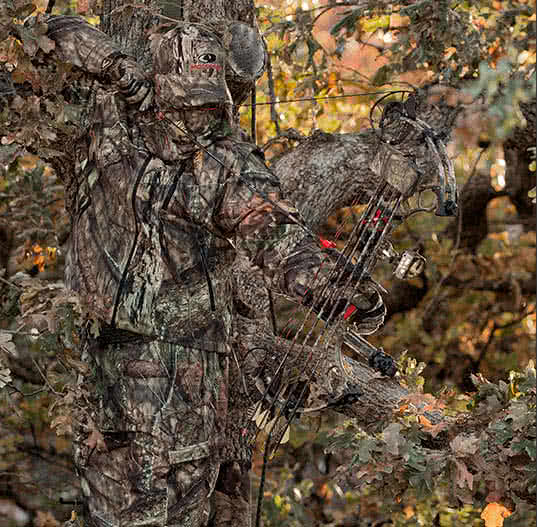Keith Lusher Jr.
Add Red to Your Lures for April Bass
About 15 years ago, I was bank fishing at my neighborhood lake in April, struggling to get a bite on my usual springtime patterns. The water had warmed to about 60°, but my confidence baits—baits I always throw—weren't producing. About 30 yards down the bank, an older gentleman was steadily catching bass—I counted at least six—while I hadn't had a single strike. After watching him land his seventh bass in an hour, I couldn't take it anymore. I walked over and politely asked what he was using. With a knowing smile, he held up a Texas-rigged black craw with red claws. "Anything with red on it," he said. Since I didn’t have a craw with red on it in my tackle box, I found a black lizard with a red tail. Lo and behold, I put four bass on the bank within the hour. That experience completely changed how I approach spring fishing from the bank. Now, red and orange accents are a huge part of my spring arsenal.
Why April Bass Crave Red

For all our talk about "matching the hatch" in fishing circles, it's remarkable how often we fixate on shad patterns year-round. While there's nothing wrong with mimicking baitfish when they're the primary forage, April presents us with a critical feeding shift that many anglers overlook.
As warming April waters signal the changing season, crawfish emerge from their winter dormancy. These protein-packed crustaceans become bass' preferred meal for good reason—they're abundant, slow-moving, and offer a lot more calories than typical baitfish. For female bass preparing for the spawn, a crawfish represents the perfect high-protein meal.
When water temperatures consistently hover around 55 degrees—typical for much of the country during April—crawfish begin actively foraging and molting. During this period, they take on distinctly reddish-orange hues, standing out dramatically against lake bottoms. Scientific studies on bass vision suggest they can detect red wavelengths better than many other colors in their visual spectrum. This enhanced perception of red, combined with the increased crawfish activity during April's pre-spawn conditions, creates perfect circumstances for red lures to trigger aggressive feeding responses from bass.
Tournament Proven: The Red Advantage in April
The evidence for red's effectiveness in April isn't merely anecdotal. When Randy Howell secured his Bassmaster Classic victory at Lake Guntersville in 2014, his primary weapon was a red crankbait that produced an impressive 29 pounds of bass on the final day.
At the Bassmaster Elite Series opener at Lake Martin, Alabama, a review of the baits used by the top 12 anglers showed that most were throwing red crankbaits—despite varying water clarity throughout the lake. What makes this particularly interesting is that red proved effective in both stained and clear sections of the lake, challenging conventional wisdom about color selection.
Kevin VanDam, arguably the most analytical professional in the sport, observed, "It's no secret that crawfish colors are good choices in late winter and early spring, but it amazes me how universal red has become. Even though the fish I had in my livewell weren't regurgitating red crawfish, they still couldn't resist the color."
On lakes with red clay bottoms—common throughout many regions of the country—bass may develop an instinctive association between red movement and potential food sources. As KVD theorized, "If there is a lot of red clay in a lake, it makes sense that fish instinctively recognize something that's red and moving is likely a meal."
April Lure Selection

Success with red baits during April's pre-spawn requires more than just tying on anything crimson. Understanding which red lures excel in different conditions can mean the difference between a limit catch and a frustrating day on the water.
Crankbaits - Red square bills excel in warmer, stained waters where their erratic action and wide wobble mimic disoriented crawfish perfectly. In clearer, colder sections, opt for red Series 3 or 5 crankbaits with a tighter wobble that won't spook more cautious bass. I like to bounce these baits off structure whenever possible, as the deflection often triggers reaction strikes from nearby bass.
Lipless Crankbaits - Red Rat-L-Traps or One-Knockers are extremely versatile, effectively covering water from shallow flats to deeper staging areas around 20 feet. Their tight vibration and loud rattling sound create the perfect combination of visual and audio cues that bass can track even in murky conditions. Try yo-yoing these baits through submerged vegetation, allowing them to flutter on the fall to trigger strikes from bass holding in the cover.
Chatterbaits - Red and orange vibrating jigs with matching trailers produce a unique thumping vibration that mimics both crawfish and injured baitfish. The blade's design allows it to be fished effectively through grass without fouling, making it perfect for working early spring vegetation. Add a red craw-style trailer to enhance the profile and slow the fall rate, giving lethargic pre-spawn bass more time to commit to the strike.
Jigs - Brown or green pumpkin football jigs with orange/red accents or trailers excel when worked along rocky points and ledges where pre-spawn bass stage. The football-shaped head maintains continuous bottom contact, stirring up silt like a foraging crawfish. Pair these with bulky red rage-style trailers during April to present the substantial meal that female bass are looking for as they prepare for the energy demands of spawning.
Spinnerbaits - Silver/nickel blades with red kicker blades or red skirts provide the flash and vibration needed to attract attention in varied water conditions. The combination of metal flash and red coloration mimics both baitfish and crawfish, giving bass multiple feeding triggers in one package. Slow-roll these along deeper structure or burn them through shallower areas depending on the water temperature, using momentary pauses near cover to trigger following fish into striking.
Bottom Contact Creates Opportunity
Unlike shad-imitating presentations that often work in the water column, crawfish mimicry requires deliberate bottom contact. Make sure your crankbaits, jigs and other red lures regularly deflect off structure and stir up bottom sediment. This creates the realistic appearance of a crawfish scurrying along the lake floor, attempting to flee. The commotion mimics exactly what bass expect to see from their favored April meal, triggering their predatory instinct even when they aren't actively feeding.
Adjust Your Action to Temperature
The metabolism of both crawfish and bass is directly tied to water temperature. In colder water (48-52°F), work your red lures with a slower, more subtle action that matches the lethargic movement of cold-water crawfish. As temperatures climb into the mid-50s—a common occurrence during April across much of the country—increase your retrieve speed and add more erratic movements to match the more active nature of both predator and prey. This temperature-based approach ensures your presentation remains biologically realistic regardless of conditions.
As one who's spent countless hours on waters from Texas to the Florida, I've learned that sometimes the most effective fishing patterns persist for good reason. When April arrives and those cool mornings carry the scent of renewal across the water, there's wisdom in reaching for something red. The bass agree—and that's all the validation any angler needs.







